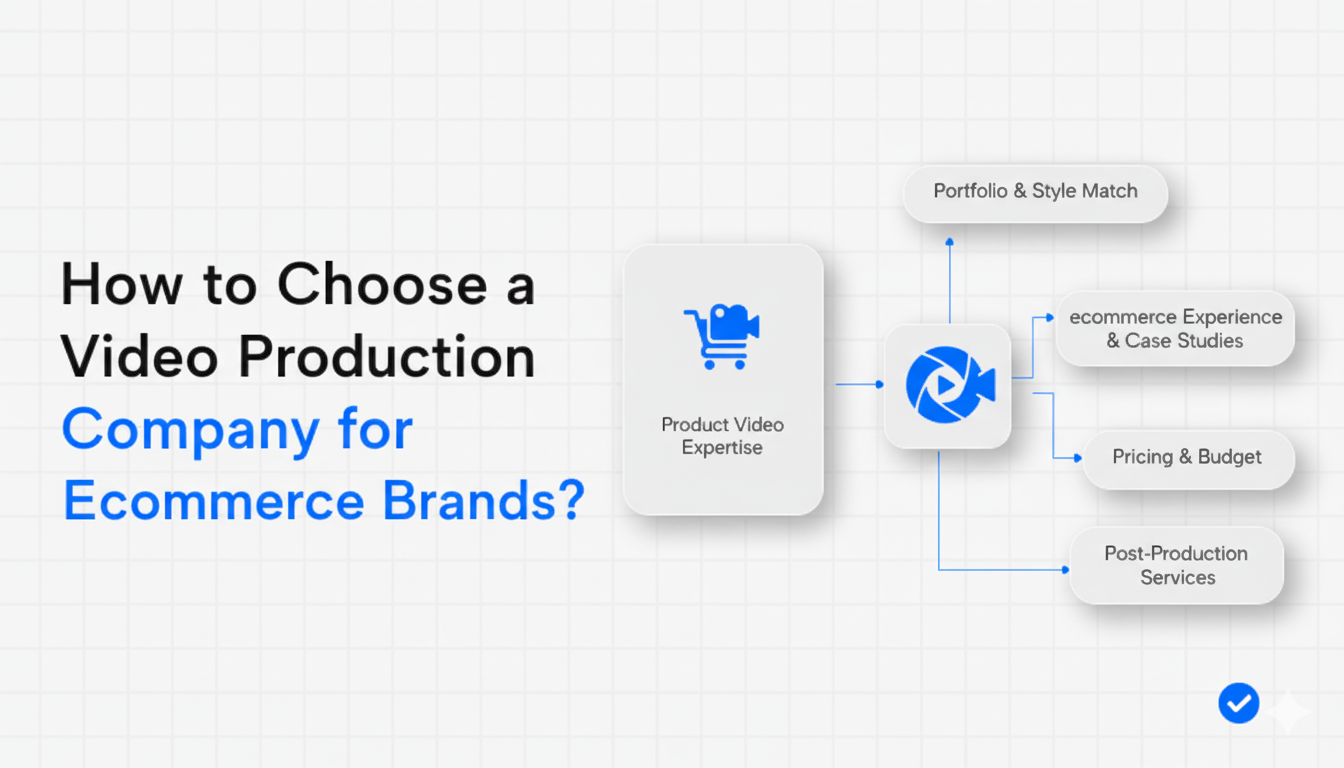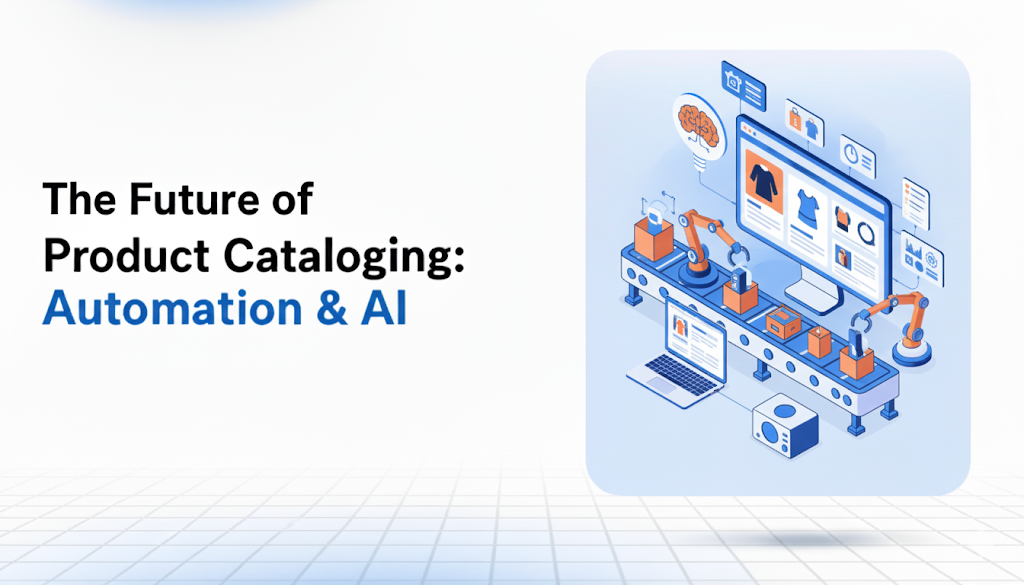
Artificial Intelligence in Ecommerce: An Overview
Artificial Intelligence (AI) is disrupting each and every corner of the ecommerce market—and catalog content is in no way immune. From tagging product images programmatically all the way to creating compelling product descriptions, AI is transforming the way online stores build and maintain product catalogs. And this transition from human drudgery all the way to intelligent automation is saving time, eliminating errors, and driving conversions.
For businesses seeking competitiveness, inserting AI into catalog work processes is now longer a perk but a necessity.
Understanding Catalog Content
Prior to discussing how catalog content has been revolutionized by AI, let’s clarify what catalog content consists of:
- Product Names
- Descriptions
- Images and Alt Texts
- Attributes (size, color, material, etc.)
- Pricing and Availability
- Categories and Tags
Ecommerce quality catalog content matters most. Search engine rankings, user experience, discoverability of products, and thus conversions all rely on quality catalog content.
Artificial Intelligence in the Creation of Catalog Contents
Artificial Intelligence excels in repetitive tasks and therefore becomes the perfect tool in the creation of catalog content. It integrates technologies like:
- Natural Language Processing (NLP): This helps build product descriptions that sound human-like.
- Computer Vision: Enables automated tagging of images and recognition of features in products.
- Machine Learning Algorithms: Predict and autocomplete missing attributes according to learning through historical information.
They eliminate human error, make processes more accurate, and accelerate time to market for products.
Artificial Intelligence for Ecommerce Product Listings
It simplifies ecommerce product listings in the following significant manners:
- Intelligent Categorization and Tagging: It can identify the correct product category using title, description, and image analysis. It prevents incorrect classification and supports improved browsing as well as filtering.
- Dynamic Attribute Creation: This system determines product characteristics and completes specifications like color, size, or material programmatically. It makes the data more consistent and gives users a better user experience.
Automated Catalog Creation Illustrated
Automated catalog generation involves the application of AI in pulling product information from various sources and collating it into a structured format presentable in online stores.
- Data Consolidation and Normalization: It collects content from manufacturers, vendors, or in-house databases and ensures it's in the correct format and quality for your platform.
- Real-time information and error reduction: With AI, your catalog is updated in real time. It can detect inconsistencies and fix them right away, which reduces the potential for the wrong pricing or outdated product information.
Ecommerce Catalog Automation Tools
Several tools now provide catalog automation based on AI in ecommerce. Some of the leading platforms are:
- Shopify employing AI plug-ins like Hypotenuse.ai
- NLP-powered product list extensions for Magento
- BigCommerce using automated tagging and SEO description functionality
Brands Using AI for Catalogs: Case Studies
Automated catalog generation involves the application of AI in pulling product information from various sources and collating it into a structured format presentable in online stores.
- Zalando, the market leading fashion ecommerce retailer, uses visual tagging through artificial intelligence so customers can shop in color, size, and material.
- Wayfair applies deep learning in creating in-depth and engaging product descriptions that reduce bounces significantly.
Amazon uses artificial intelligence in each and every function—from product recommendation to cataloging. Its back-end itself processes millions of products with minimal manual handling.
1. Zalando, the market leading fashion ecommerce retailer, uses visual tagging through artificial intelligence so customers can shop in color, size, and material.
2. Wayfair applies deep learning in creating in-depth and engaging product descriptions that reduce bounces significantly.
Key Technologies Propelling Automated Cataloging
At the core of catalog automation are these technologies:
- GPT Models: For natural language descriptions as in product descriptions.
- OCR (Optical Character Recognition): It will turn scanned documents into editable text.
- API Integrations: Connects AI solutions with e-commerce platforms or PIM systems.
They support the automated creation of catalog content with minimal human intervention.
Challenges in Creating Catalog Content for AI
Notwithstanding its advantages, catalog automation using AI is imperfect:
- Misclassification: It can inappropriately classify complicated items because training information may be insufficient.
- Input Dependency: Poor-quality input will generate poor-quality output.
- Customization Limitations: AI may not always capture brand voice without customization.
Future Directions in Ecommerce Catalog Automation
What’s next? Here’s what’s on the horizon:
- Hyper-Personalization: It will make descriptions unique for individual buyers.
- Voice-Search Optimization: Content will match what individuals say rather than what they type.
- Multilingual Support: Global access through immediate catalog production in a number of languages.
How to Implement AI Cataloging in Your Store
Considering taking the leap? This is your blueprint:
- Review your current catalog system.
- Choose an AI platform that aligns with your product line and your budget.
- Integrate with your e-commerce back-end.
- Train the model with your brand voice and product content.
- Keep track and adjust output regularly.
How AI Enhances Product Discovery
Computer-automated catalog content boosts product discovery through:
- Search Engine Optimization (SEO): It itself integrates best-ranked keywords.
- Smart Filtering: Allows customers to access things in seconds.
- Visual Search Integration: Enables users to search through images and not through text.
FAQs
How do you create a catalog with AI?
You can create a catalog using AI assistance through sites like Shopify or Magento which can collaborate with AI platforms. You can feed in your product details and the AI will generate titles, descriptions, images and categorization all autonomously.
Does ChatGPT make a catalog?
Yes! ChatGPT can generate product descriptions, bullet points, category suggestions, and can also translate content in different languages. It can assist you in creating a full catalog with relevant prompts.
Is cataloging using AI preferable to traditional cataloging?
Definitely. AI provides speed, consistency, and scalability which manual processes cannot keep up with.
Will tagging images work for products in ecommerce?
Yes, it utilizes computer vision in tagging product images with relevant keywords, thus improving search functionality.
What are the risks when catalog copywriting involves the use of AI?
The significant risks are the dependence upon data and the possibility of improper classification. But they can be avoided with timely supervision and proper training.
-
" Turn your ecommerce catalog into a conversion machine with AI. From intelligent product descriptions to automated image tagging and real-time updates, our AI-powered solutions ensure your catalog is always optimized, error-free, and ready to scale. Connect with us today and let’s build smarter catalogs that drive sales. "
Related articles
business enquiry
business enquiry




.png)